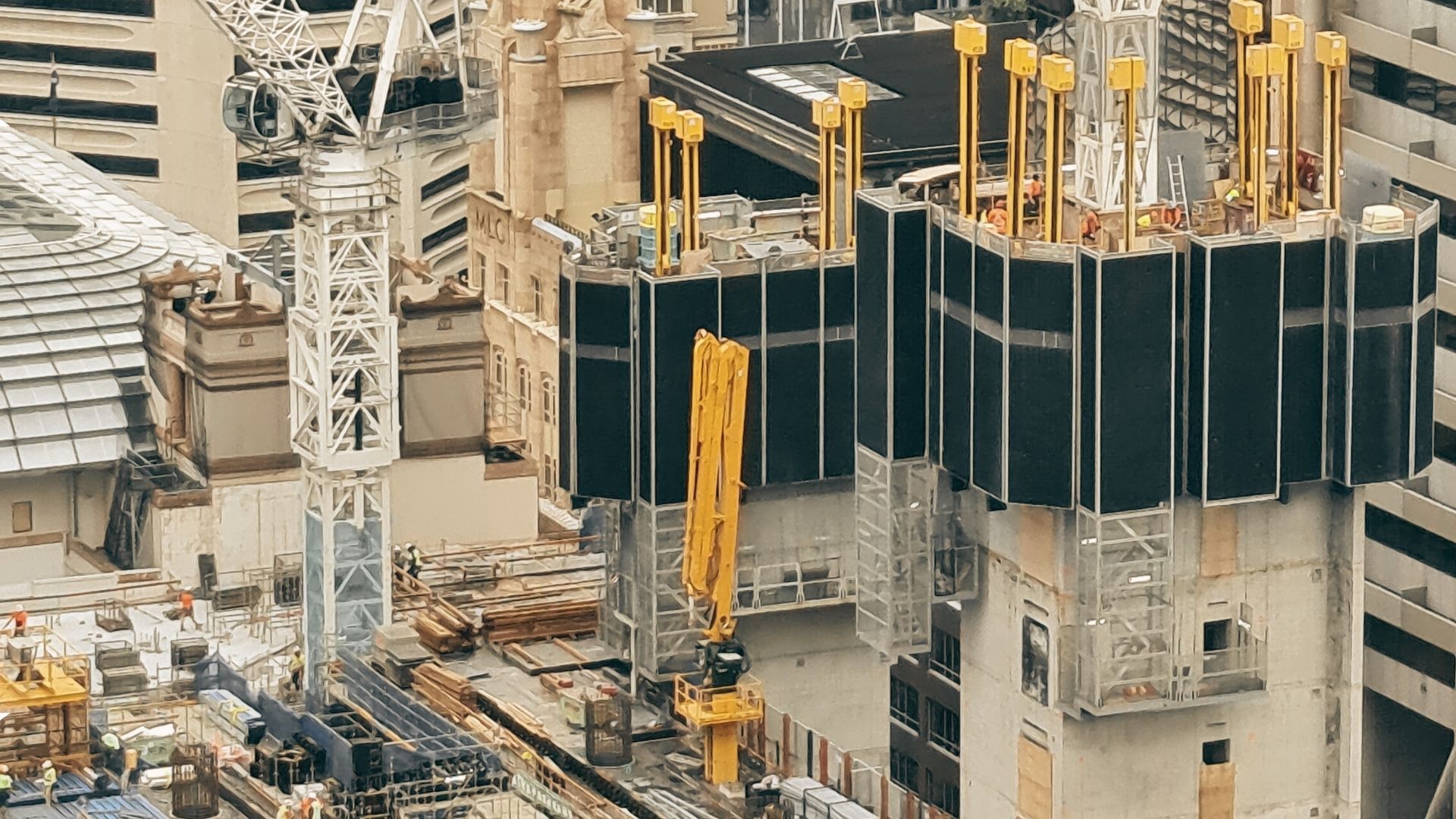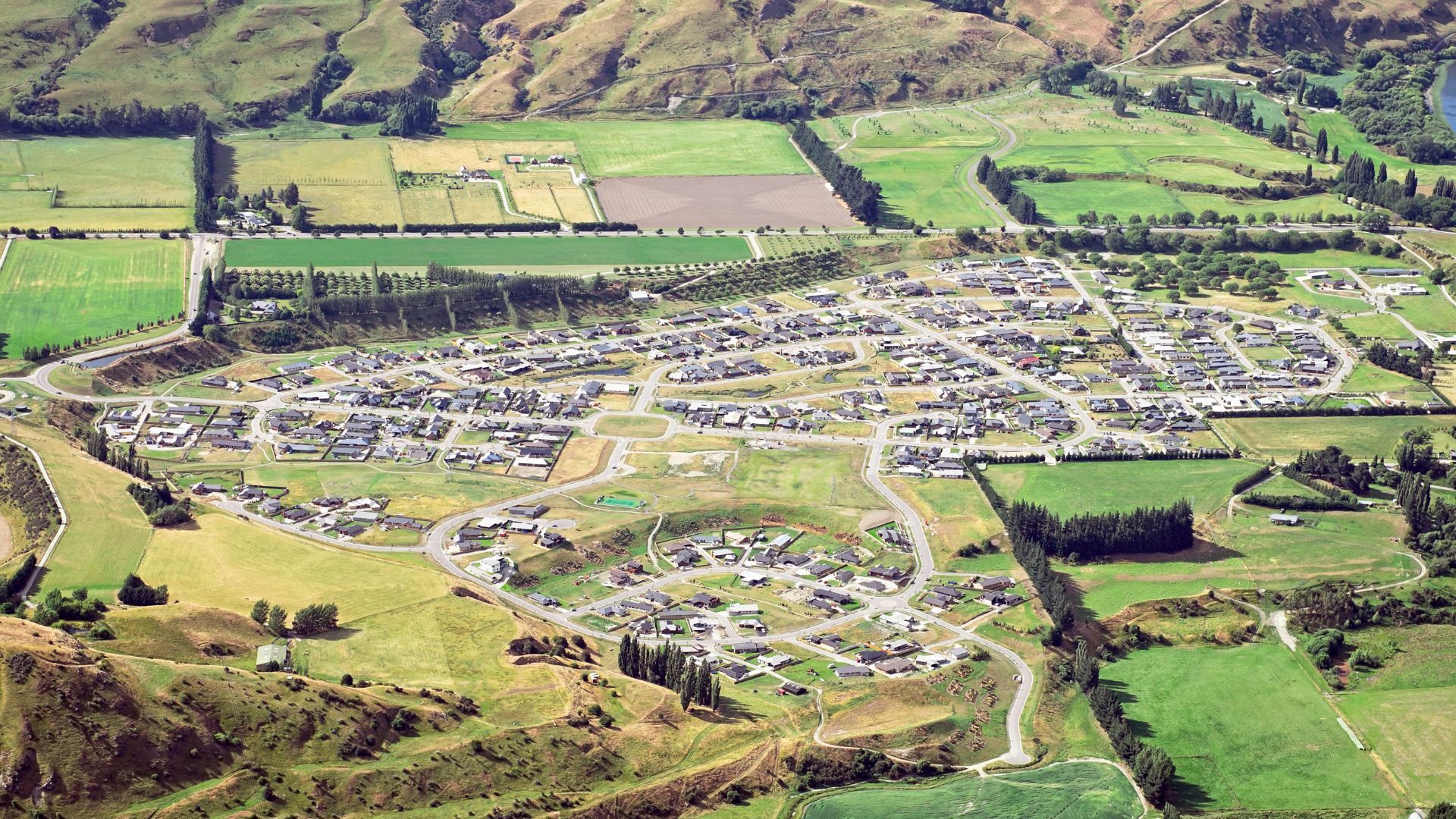NSW Accelerates Housing Supply Amidst Deepening Systemic Cracks
This edition of The Pulse examines a NSW construction landscape defined by a powerful government push to accelerate housing supply, set against a backdrop of severe systemic challenges.
Overview
The state is aggressively employing fast-track approval mechanisms, such as the State Significant Development (SSD) pathway, to greenlight thousands of new homes and major urban renewal projects [12, 18]. This has created a significant project pipeline, with major contracts awarded for cultural and transport infrastructure [1, 4]. However, this top-down drive is strained by deep-seated issues. A critical report from the NSW Auditor-General has exposed the state's social housing system as "inefficient and inequitable," undermining efforts to house the most vulnerable [15].
Simultaneously, the industry grapples with persistent cost inflation, which has seen Sydney new home costs soar since 2019 [3], and a critical shortage of skilled labour, with an estimated 83,000 tradies needed nationally to meet housing targets [17]. While federal incentives aim to boost apprentice numbers and housing affordability, the sector faces a complex reality of opportunity tempered by significant operational and regulatory risk [16, 17].
Government's Aggressive Push to Fast-Track Housing Supply
The NSW Government is pursuing an assertive strategy to combat the housing crisis, primarily by centralising and accelerating planning approvals for major residential projects. A further 21 projects, potentially yielding nearly 6,000 homes, have been declared State Significant Developments (SSDs), bringing the total potential pipeline under this scheme to almost 59,300 homes [12]. This fast-track mechanism, governed by the Environmental Planning and Assessment Act 1979 [12], was instrumental in the recent approval of the $1.8 billion Kings Bay Village in Five Dock, which will deliver 1185 homes despite initial local council objections [18].
Similarly, a $223.5 million, 549-apartment project in the Westmead Health and Innovation Precinct is being advanced under the state's Housing Delivery Acceleration program, which allows for concurrent rezoning and SSD assessment [14]. This state-led push is complemented by federal initiatives, including the new "Help to Buy" shared equity scheme and an expanded Home Guarantee Scheme, which has lifted Sydney's property price cap to $1.5 million to stimulate buyer demand [16]. This policy alignment signals a clear and sustained government focus on increasing housing stock through direct intervention in the planning process.
Systemic Failures and Policy Debates Undermine Housing Goals
Despite the government's focus on boosting housing supply, significant systemic failures and policy debates threaten to undermine these efforts. A damning report from the NSW Auditor-General has labelled the state's social housing application and allocation process "inefficient and inequitable" [15]. The report found it takes an average of 33 days to fill a vacant property, far exceeding the nine-day target, and that reliance on unmonitored manual applicant selection risks unfair outcomes for the 56,000 applicants on the housing register [15].
This operational crisis is compounded by calls from organisations like Mission Australia for greater direct investment in social and affordable housing, suggesting the current budget focus on general supply is insufficient [11]. The broader state budget has also faced criticism for being "vague," with concerns raised over a "near-$1 billion pot" lacking clear oversight [7]. This has fueled a political debate over the most effective policy levers, with the opposition proposing a revival of a land tax option for first-home buyers and calling for payroll tax reform to support businesses [10, 8]. These deep-seated inefficiencies and policy disagreements create significant uncertainty and challenge the practical delivery of the government's housing ambitions.
Workforce Shortages and Cost Pressures Strain Project Delivery
The industry's capacity to deliver on the growing project pipeline is being severely constrained by escalating costs and a critical workforce shortage. The cost to build a typical new house in Sydney has surged by $182,484 since 2019, driven by labour and material price hikes [3]. These pressures are flowing through to homeowners, with home insurance premiums rising sharply to cover increased replacement values [3]. Compounding this, the sector faces a national shortfall of approximately 83,000 skilled workers required to meet the federal government's housing target [17]. In response, the federal government is launching a $10,000 incentive for new apprentices in housing construction from July 2025, aiming to bolster the workforce [17].
Concurrently, the industry is exploring technological solutions to mitigate these pressures. Innovations like 3D-printed homes, which have been used for social housing in Dubbo, are touted as being up to 30% cheaper and significantly faster than traditional methods, potentially increasing a builder's output fivefold [2]. However, experts warn this technology could cause an "industry shock" by reducing demand for traditional labour, highlighting the complex trade-offs involved in addressing these persistent challenges [2].
Strong Project Pipeline Marred by Unforeseen On-Site Risks
Despite workforce and cost challenges, the project pipeline in NSW remains robust with significant contracts awarded across multiple sectors. Major government-funded projects are moving forward, including the $500 million New Richmond Bridge project, with BMD Constructions securing the contract for Stage 1 [1], and a new $164 million multi-level warehouse and distribution centre approved in South Sydney, bolstering supply chain infrastructure [9]. In the cultural sector, Richard Crookes Constructions has been awarded the $300 million main works contract for the Powerhouse Museum's heritage revitalisation [4].
However, this project highlights a critical risk for contractors working on existing structures. During the tender process, it was discovered that internal steel structures in two of the museum's buildings were non-compliant with the National Construction Code (NCC) [4]. This unforeseen issue necessitates the complete disassembly and replacement of the structures, requiring a formal modification to the project's existing State Significant Development approval to be lodged with planning authorities [4]. While the cost is reportedly covered within the existing budget, this discovery underscores the immense importance of rigorous due diligence and contractual risk allocation for latent defects and non-compliance in complex revitalisation projects.
Takeaways
Navigating the State Significant Development (SSD) Pathway
The NSW Government's increasing reliance on the State Significant Development (SSD) pathway to fast-track housing projects [12, 18] presents both opportunities and legal complexities for developers. This process, governed by the Environmental Planning and Assessment Act 1979, centralises approval authority with the state, often bypassing local council planning panels and overcoming local objections [12, 18]. For developers, this can mean a more streamlined and predictable approval timeline, reducing holding costs.
However, it also concentrates power and scrutiny at the state level. Proponents must be prepared for rigorous assessment against state environmental planning policies and demonstrate significant public benefit, such as the inclusion of affordable housing components [14, 18]. Furthermore, engaging in Voluntary Planning Agreements (VPAs) to fund local infrastructure is becoming a critical component of securing state-level approval for these large-scale projects [18]. Legal advice is essential to navigate the SSD application process, negotiate VPA terms, and ensure all requirements under the Act are meticulously met.
Contractual Diligence for Latent Risks in Revitalisation Projects
The discovery of National Construction Code (NCC) non-compliance at the Powerhouse Museum project serves as a critical warning for all contractors, developers, and principals involved in the redevelopment of existing or heritage structures [4]. This event underscores the profound legal and commercial risks associated with latent conditions. Before entering into contracts for such projects, it is imperative to conduct exhaustive due diligence, including intrusive structural investigations, to identify potential non-compliance or defects. Contracts must contain clear, unambiguous clauses that allocate risk for unforeseen conditions, define processes for managing variations, and outline responsibilities for seeking modifications to planning approvals, such as the SSDA amendment required for the Powerhouse [4]. Relying on contingency funds alone is insufficient. A robust contractual framework that anticipates the discovery of latent defects is the primary legal defence against significant cost overruns and project delays.
The Growing Mandate for Social and Affordable Housing
The inclusion of mandatory affordable housing components in major projects like Kings Bay Village (218 dwellings) [18] and the Westmead development (80 dwellings) [14] signals a clear regulatory trend. For developers seeking approval for large-scale residential projects, particularly through fast-tracked state-led pathways, incorporating a significant affordable housing element is becoming a de facto requirement for demonstrating public benefit and securing consent. This trend is sharpened by the Auditor-General's scathing report on the failures of the public social housing system [15]. Developers must now treat affordable housing not as an optional extra, but as a core component of project feasibility and planning strategy. This requires a sophisticated understanding of relevant state policies, such as the Housing Delivery Acceleration program [14], and may necessitate partnerships with community housing providers to manage these assets long-term. Legal and commercial teams must factor these obligations into financial models and project designs from the outset.
Final Thoughts
The NSW construction sector is at a pivotal juncture, driven by a government determined to increase housing supply at an unprecedented rate. The aggressive use of state-led planning powers is unlocking a significant pipeline of work, creating clear opportunities for developers and builders equipped to deliver large-scale projects [12, 18]. However, this top-down momentum is colliding with foundational cracks in the system. The critical report on the state's "inefficient and inequitable" social housing process [15], coupled with persistent workforce shortages [17] and severe cost inflation [3], highlights a dangerous disconnect between policy ambition and delivery capacity. For industry professionals, the path forward requires navigating a dual reality: seizing the opportunities presented by streamlined approvals while contractually and operationally fortifying their businesses against the systemic risks of a strained and under-resourced ecosystem.
[1]. NSW Government. (2 July 2025). New Richmond Bridge stage 1 gets under way as major construction contract let for key intersections. https://www.nsw.gov.au/ministerial-releases/new-richmond-bridge-stage-1-gets-under-way-as-major-construction-contract-let-for-key-intersections
[2]. SBS News. (28 June 2025). Cheaper and more sustainable: The novel homes that could fix Australia’s housing woes. https://www.sbs.com.au/news/article/printing-homes-3d-a-new-solution-for-australias-housing-crisis/mnweh9yk1
[3]. Aidan Devine. (27 June 2025). Ugly way building crisis is driving up cost of living for everyone. https://www.news.com.au/finance/real-estate/brisbane-qld/ugly-way-building-crisis-is-driving-up-cost-of-living-for-everyone/news-story/a29ddf2f70011de94d4a3346fbf2e64f?btr=74cba57becf02d81fe6e31199dc8c74d
[4]. Australasian Leisure Management. (26 June 2025). Richard Crookes Constructions awarded contract for Powerhouse Museum Ultimo Revitalisation. https://www.ausleisure.com.au/news/richard-crookes-constructions-awarded-contract-for-powerhouse-museum-ultimo-revitalisation/
[5]. Real Estate Business. (26 June 2025). Market update: Where interest rate cuts are stirring buyer activity. https://www.realestatebusiness.com.au/industry/30154-market-update-where-interest-rate-cuts-are-stirring-buyer-activity
[6]. Port Macquarie News. (26 June 2025). Three-storey development gets the green light on Home Street. https://www.portnews.com.au/story/9001502/sustainable-building-at-port-macquaries-home-street-approved/
[7]. The Daily Mail. (26 June 2025). Oversight concerns in budget of 'vagaries not vision'. https://www.dailymail.co.uk/wires/aap/article-14848521/Oversight-concerns-budget-vagaries-not-vision.html
[8]. Port Macquarie News. (26 June 2025). State budget delivers for local projects but lacks vision, says Port Macquarie MP. https://www.portnews.com.au/story/9000412/port-macquarie-mp-questions-2025-26-state-budget-vision/
[9]. Projectory. (26 June 2025). $164m warehouse and distribution centre project approved in Sydney’s south, paving the way for major new multi-level industrial development. https://www.projectory.com.au/article/164m-warehouse-and-distribution-centre-project-approved-in-sydneys-south-paving-the-way-for-major-new-multi-level-industrial-development
[10]. Farid Farid. (26 June 2025). Liberal leader vows to find 'rivers of gold in revenue'. https://www.countryman.com.au/politics/budget/liberal-leader-vows-to-find-rivers-of-gold-in-revenue-c-19156699?utm_source=csp&utm_medium=portal&utm_campaign=Streem&token=bPIZcLtOnEzxa82UKsMiEiRQgEaRx5sUO4exkvA1VEt6l3TWt%2BgKgq9M%2B40aRA0nQNsIng7teC0%2FGblsZKK0bA%3D%3D
[11]. Third Sector. (1 July 2025). NSW budget needs more housing and homelessness investment. https://thirdsector.com.au/nsw-budget-needs-more-housing-and-homelessness-investment/
[12]. Paul Scully. (1 July 2025). Nearly 6,000 more homes declared state significant. https://paulscullymp.com.au/news/media-releases/nearly-6-000-more-homes-declared-state-significant/
[13]. All homes. (1 July 2025). Australian home values continue to climb with RBA expected to cut rates. https://www.allhomes.com.au/news/australian-home-values-continue-to-climb-with-rba-expected-to-cut-rates-1396127
[14]. Architecture AU. (1 July 2025). NSW health-precinct housing scheme on exhibition. https://architectureau.com/articles/nsw-health-precinct-housing-scheme-on-exhibition/
[15]. Government News. (1 July 2025). NSW social housing process ‘inefficient and inequitable’, says a report. https://www.governmentnews.com.au/nsw-social-housing-process-inefficient-and-inequitable-says-report/
[16]. The Adviser. (1 July 2025). Major housing schemes set to change this tax year. https://www.theadviser.com.au/borrower/47258-major-housing-schemes-set-to-change-this-tax-year
[17]. The Indian Sun. (30 June 2025). $10,000 on the table, 83,000 tradies short: Will cash bring back the workforce?. https://www.theindiansun.com.au/2025/06/30/10000-on-the-table-83000-tradies-short-will-cash-bring-back-the-workforce/
[18]. Commercial Real Estate. (2 July 2025). Fast track then green light for 1200-home project in inner-west Sydney. https://www.commercialrealestate.com.au/news/fast-track-then-green-light-for-1200-home-project-in-inner-west-sydney-2-1396707/
The Pulse collates the latest news and opinions from third-party sources. Links, snippets or text are generated by an artificial intelligence engine. The Pulse aggregates news reports and does not claim to have copyright to the content. We have not fact-checked that content and cannot vouch for its accuracy or completeness. Nor do we endorse the opinions expressed by the authors or primary publishers. The content is provided as general information only and should not be relied on as a substitute for professional advice. You should contact the source to verify any factual content as well as taking specialist advice that takes your personal objectives and circumstances into account.
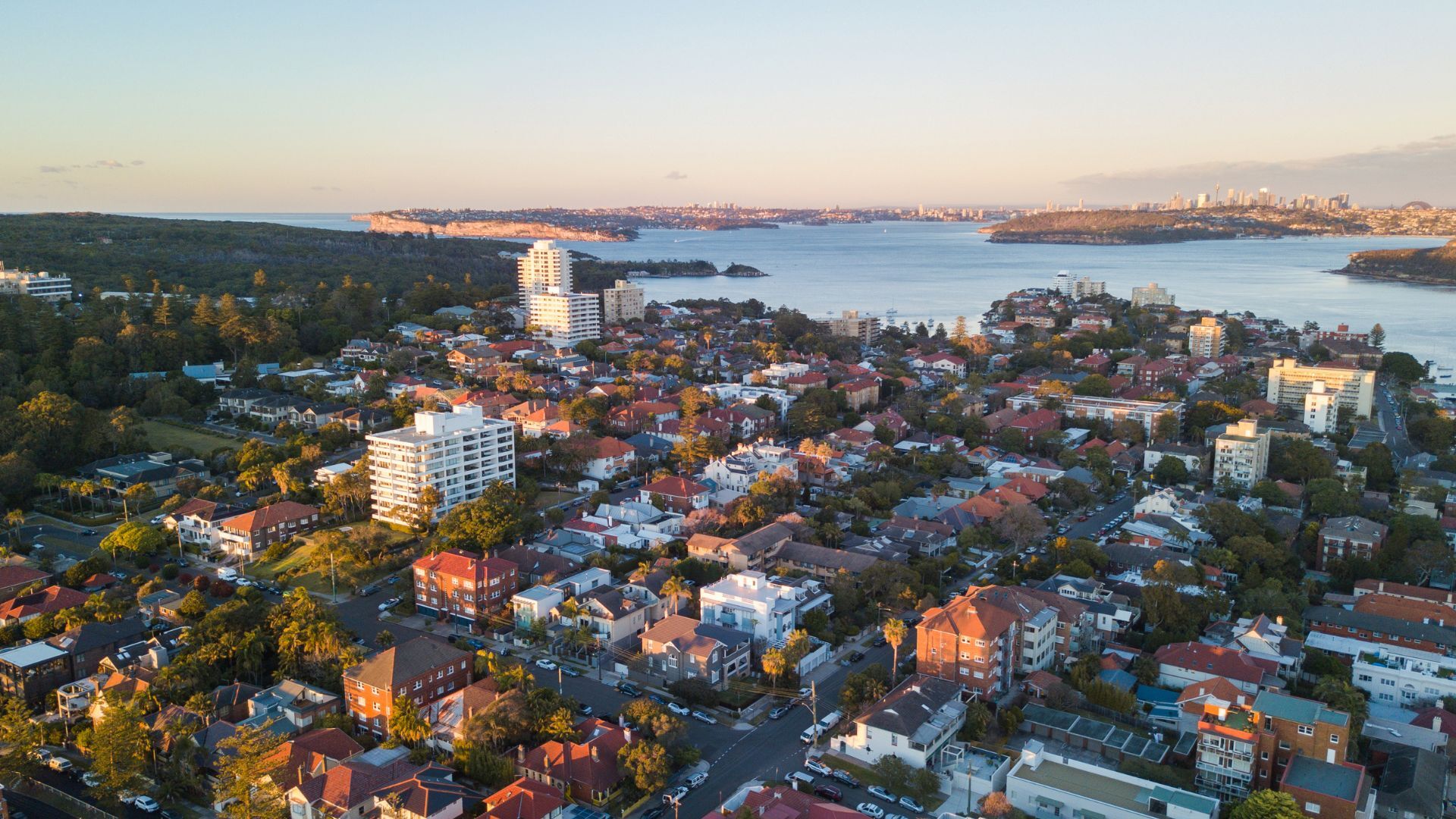



.png)
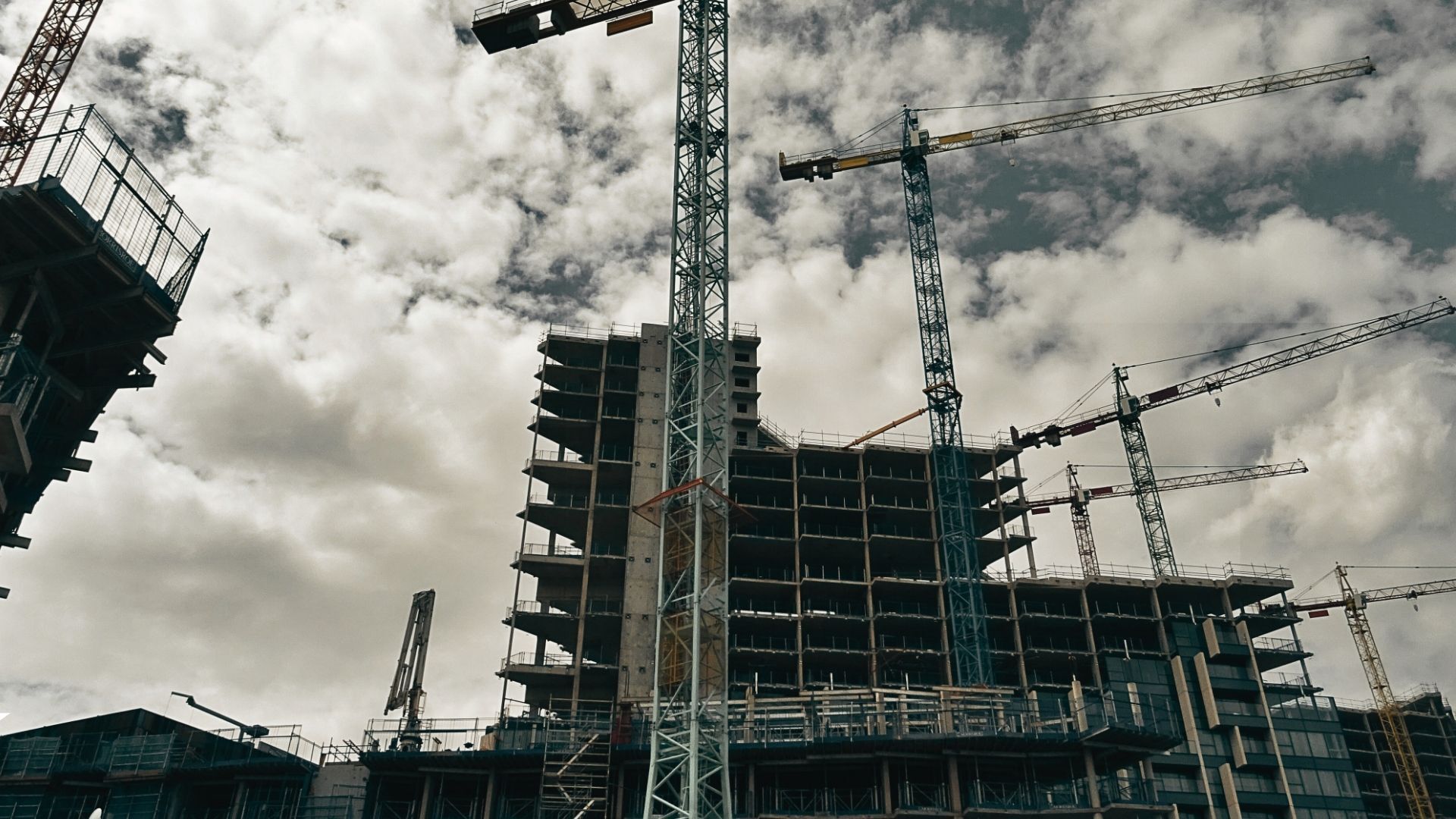
.jpg)

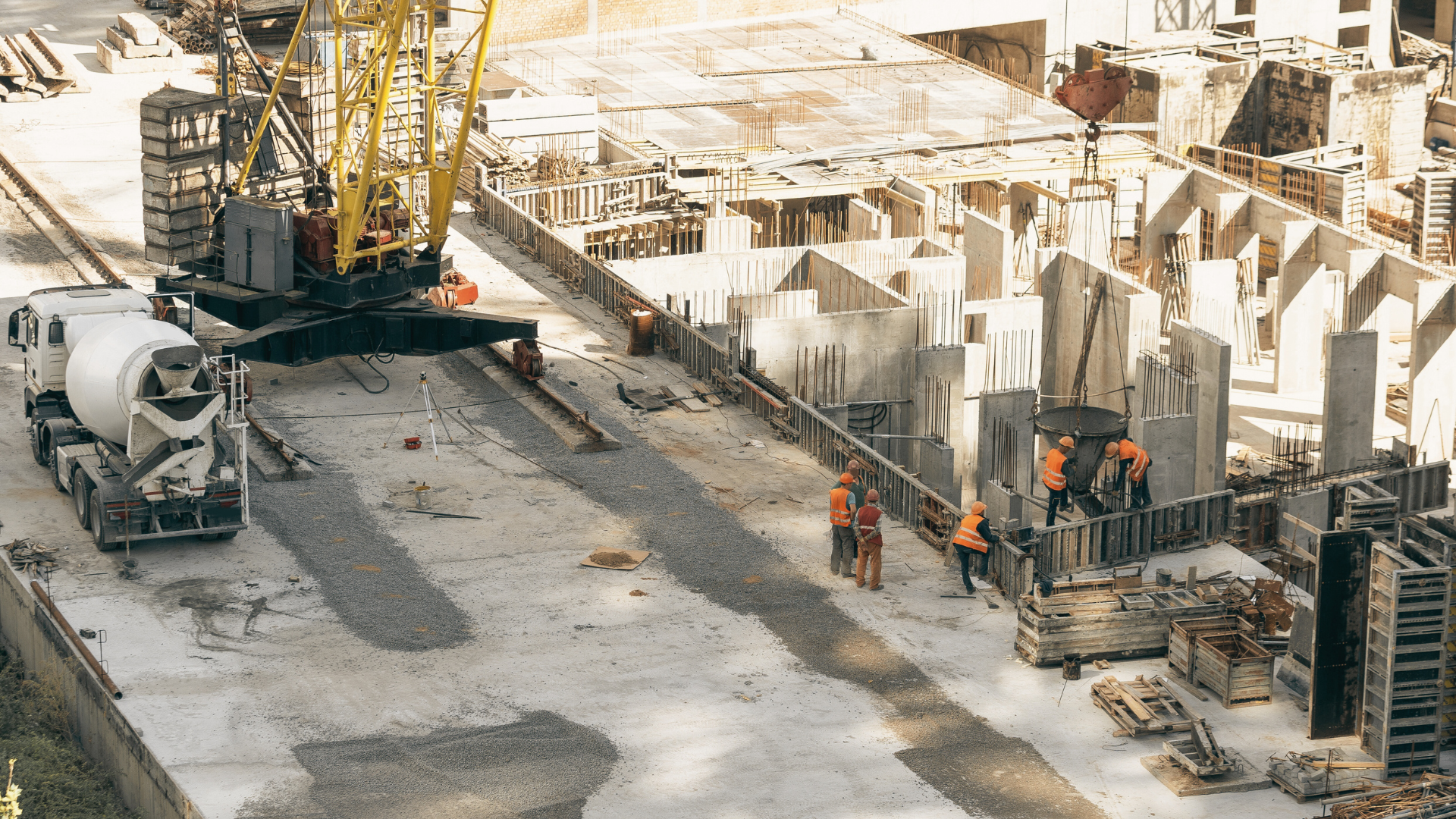
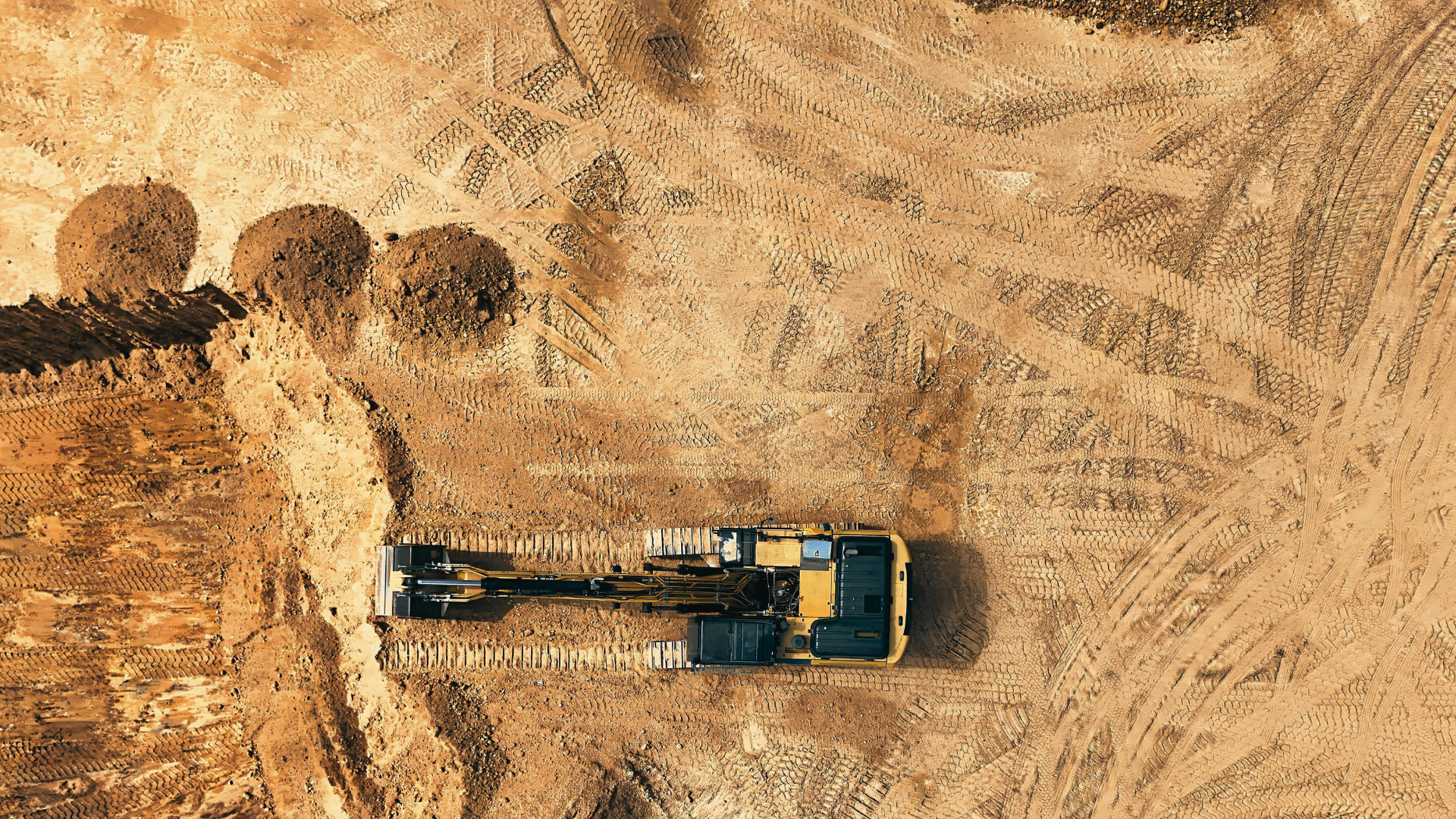
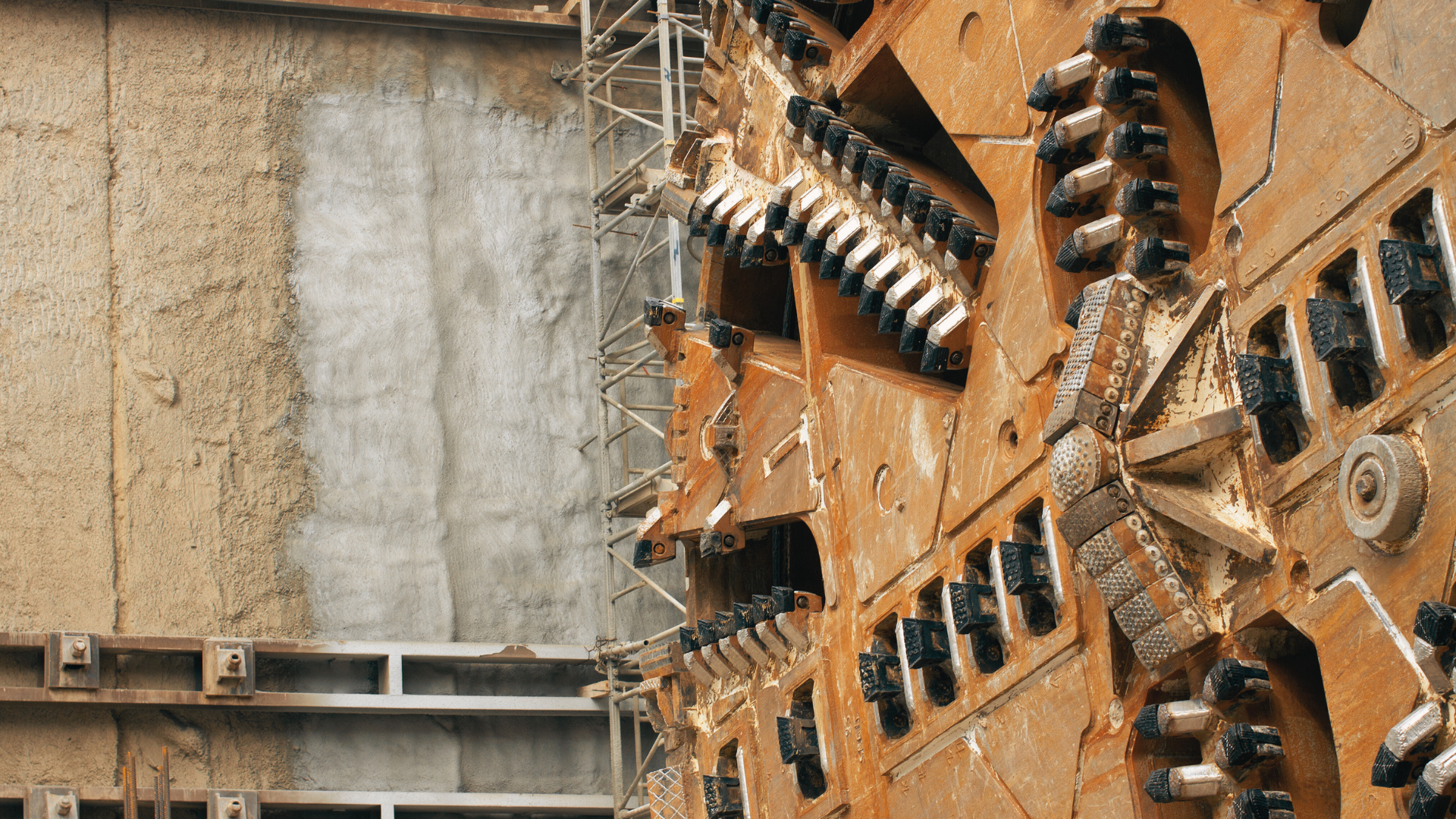
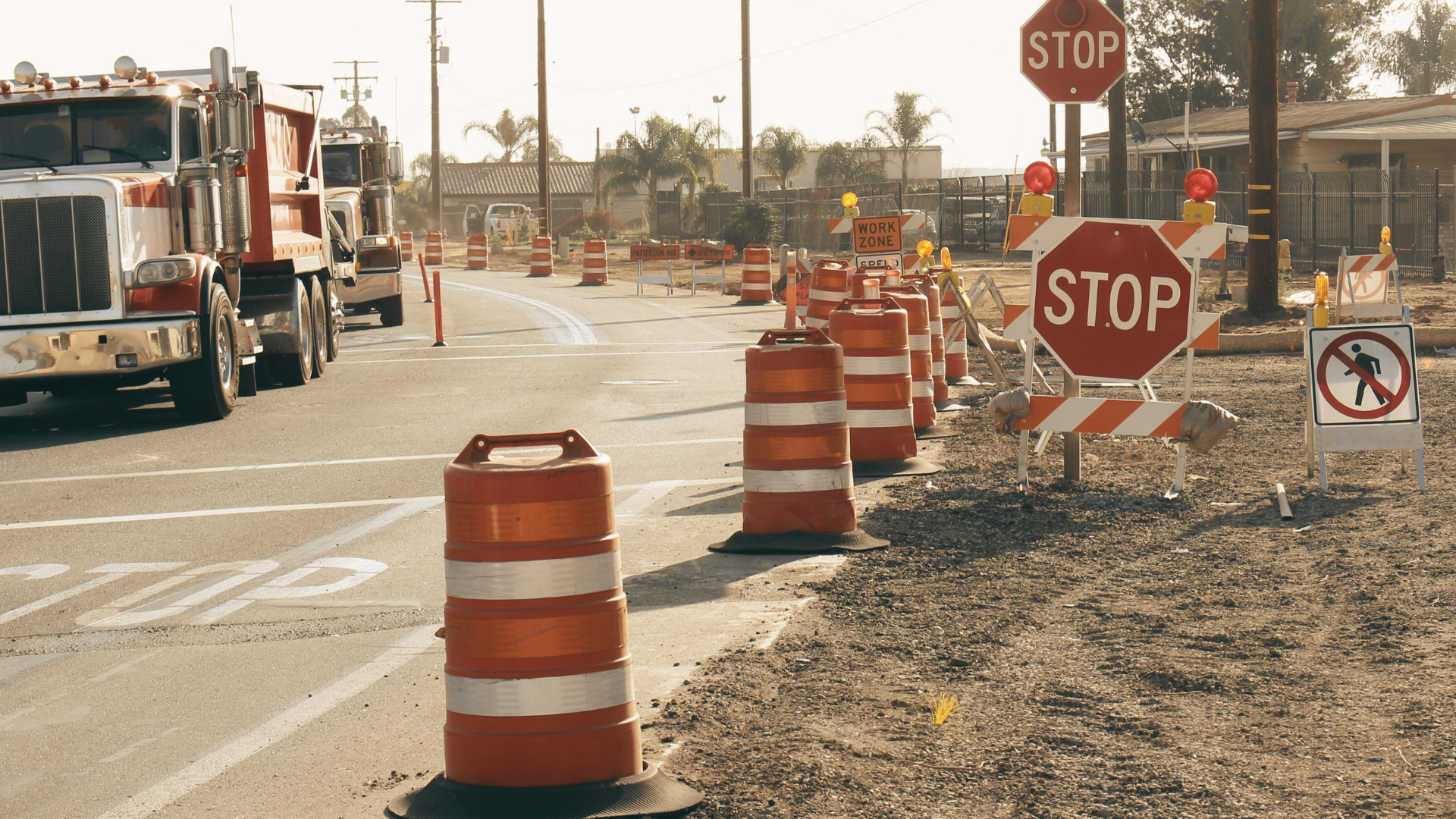



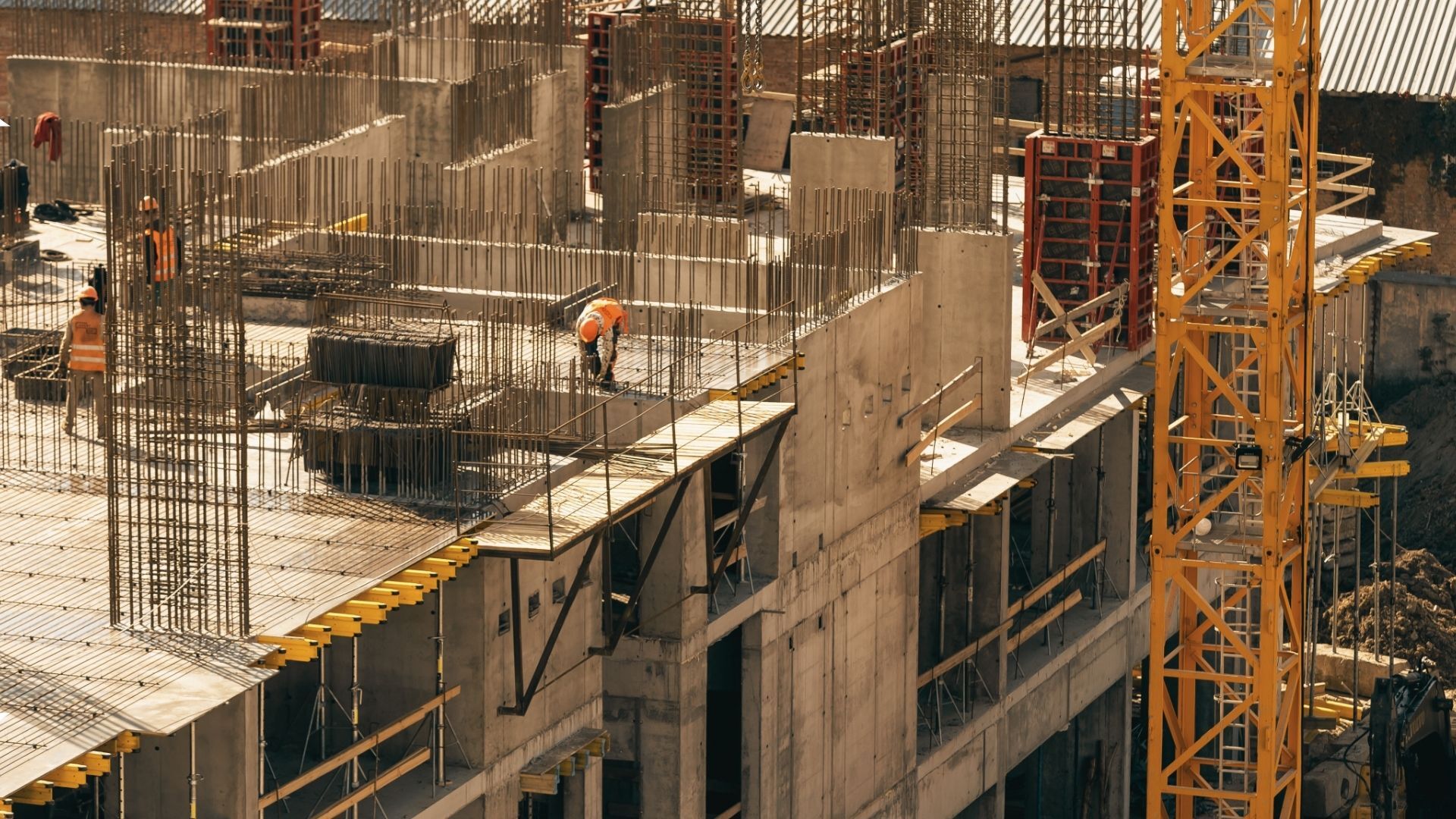
.jpg)


